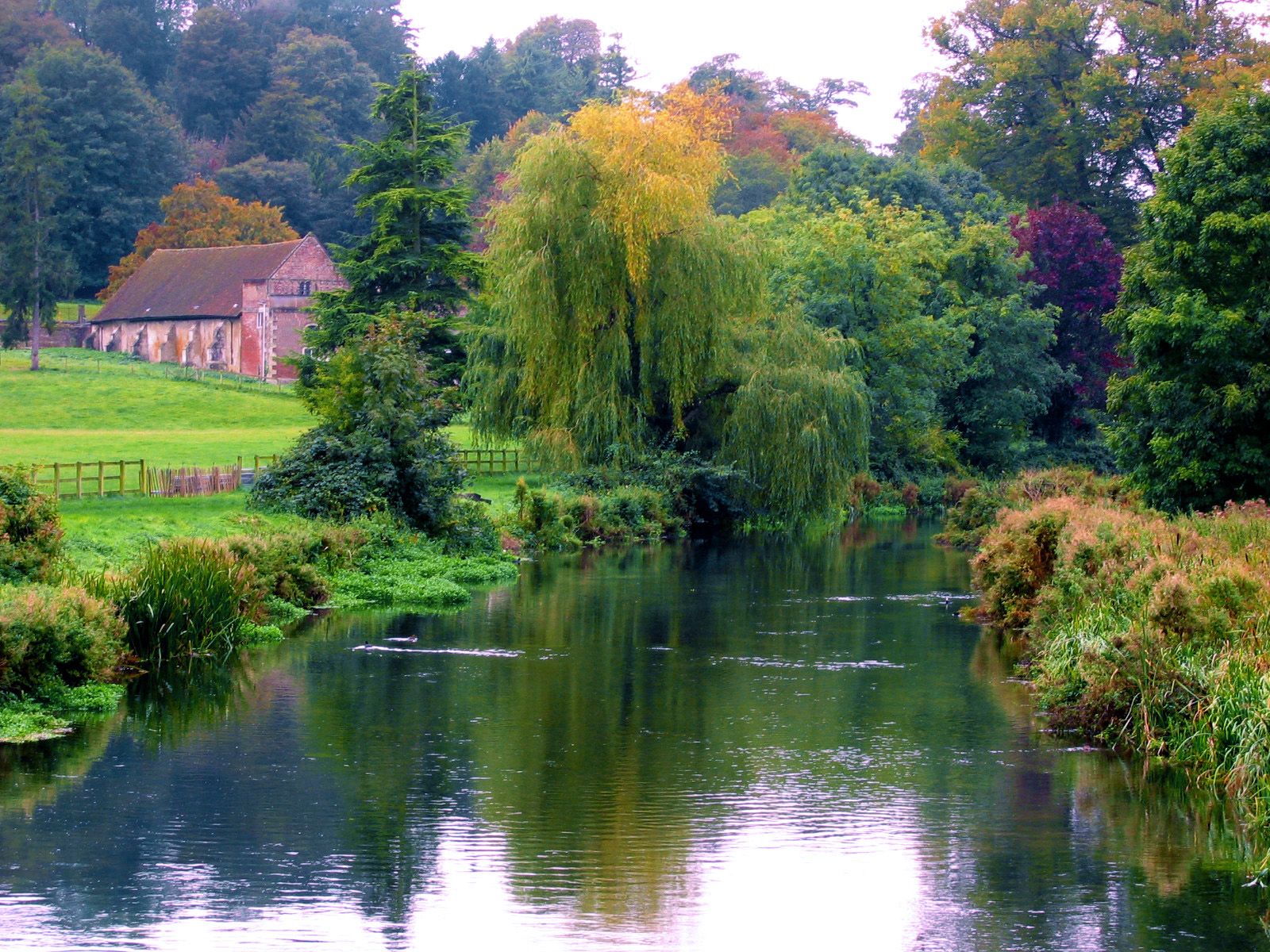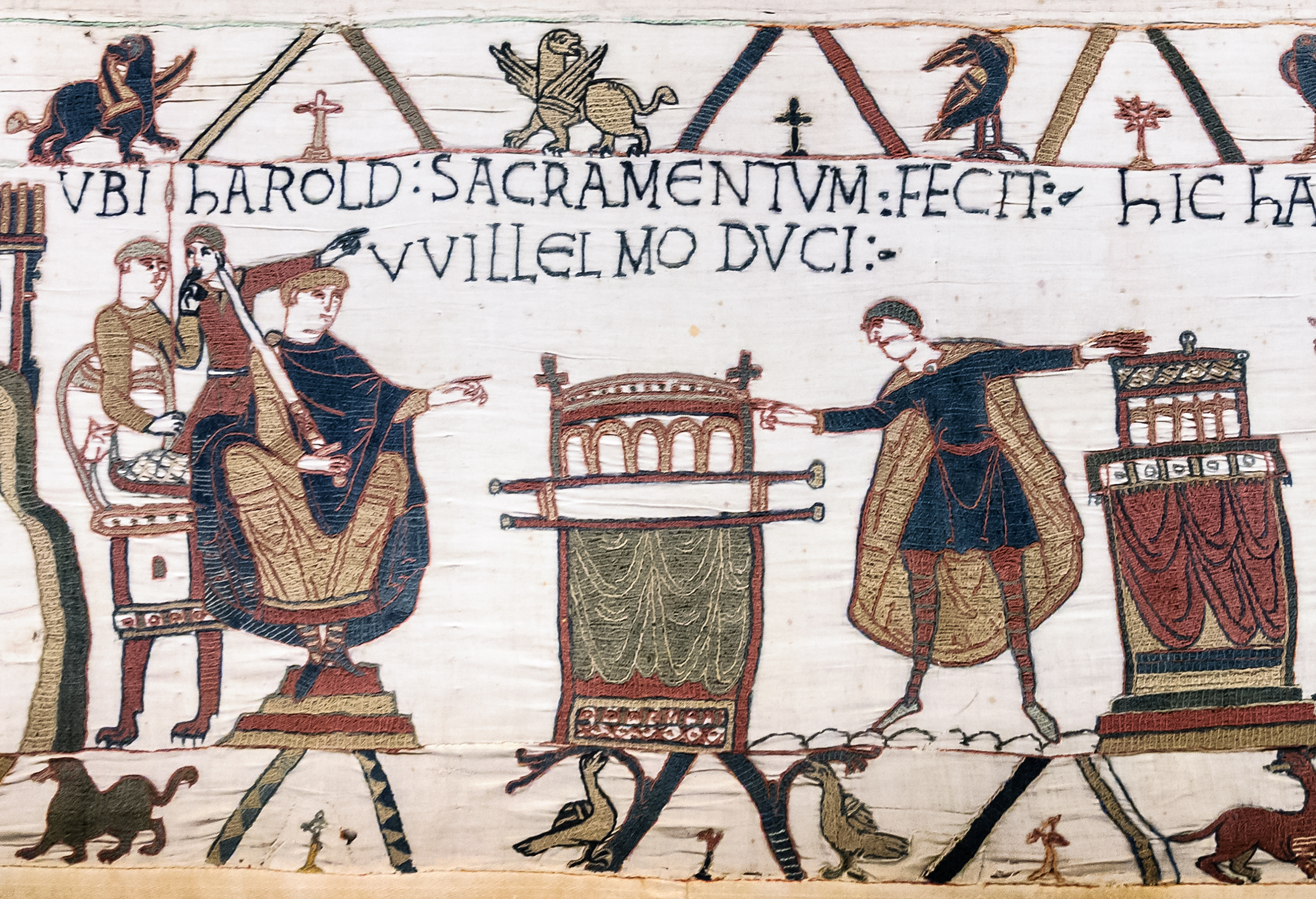|
Alan The Black
Alan the Black ( la, Alanus Niger, french: Alain le Noir; died 1098) was the second lord of the Honour of Richmond from 1093 until his death. He was a younger son of Odo, Count of Penthièvre. He succeeded his elder brother, Alan Rufus ("Alan the Red"), at Richmond. There is no record of him being in England prior to 1093.K. S. B. Keats-Rohan"Alan Rufus (d. 1093)" ''Oxford Dictionary of National Biography'' (Oxford University Press, 2004), retrieved 28 February 2016. Alan either had an affair with, or was married to, the nun Gunnhild of Wilton Abbey, a daughter of King Harold II. Gunnhild had earlier eloped with his elder brother. There is contemporary documentation that after the death of Alan Rufus in 1093, Gunnhild lived with Alan the Black. Before this, there is no record of Alan having any wife; there is no record of children. He was succeeded at Richmond by another brother, Stephen, Count of Tréguier Stephen of Penthièvre, Count of Tréguier, 3rd Lord of Richmond (1058 ... [...More Info...] [...Related Items...] OR: [Wikipedia] [Google] [Baidu] |
Honour Of Richmond
The Honour of Richmond (or English feudal barony of Richmond) in north-west Yorkshire, England was granted to Count Alan Rufus (also known as Alain le Roux) by King William the Conqueror sometime during 1069 to 1071, although the date is uncertain. It was gifted as thanks for his services at the Conquest. The extensive district was previously held by Edwin, Earl of Mercia who died in 1071. The district is probably mentioned in the Domesday Book of 1086 but its limits are uncertain. The honour comprised 60 knight's fees and was one of the most important fiefdoms in Norman England. According to the 14th-century Genealogia of the lords of Richmond, Alan Rufus built a stronghold in the district. The buildings were later known as Richmond Castle which is alluded to in the Domesday survey as forming a ‘castlery’. Territory The district consisted of three main land divisions; the wapentakes of Hang, of Gilling and of Hallikeld. The first two of these correspond to later med ... [...More Info...] [...Related Items...] OR: [Wikipedia] [Google] [Baidu] |
Odo, Count Of Penthièvre
Odo of Rennes (Medieval Breton: ''Eudon Pentevr'', Modern Breton: ''Eozen Penteur'', Latin: ''Eudo'', French: ''Eudes/Éon de Penthièvre'') (c. 999–1079), Count of Penthièvre, was the youngest of the three sons of Duke Geoffrey I of Brittany and Hawise of Normandy, daughter of Richard I of Normandy. Eudon married Agnes of Cornouaille (Orguen Kernev), the daughter of Alan Canhiart, Count of Cornouaille and sister of Hoel II, Duke of Brittany who was married in 1066 to Eudon's niece Hawise, Duchess of Brittany. Role in Governance of Brittany When Eudon's father Duke Geoffrey I died on 20 November 1008, both Eudon and his older brother Alan were minors. Duke Geoffrey had initiated a dynastic double marriage with Richard II, Duke of Normandy by marrying Hawise of Normandy, one of Richard's sisters, in 996; this was followed by the marriage of Geoffrey's sister Judith of Brittany to Richard around the year 1000. Alan and Eudon were thus double-first cousins of Duke Richar ... [...More Info...] [...Related Items...] OR: [Wikipedia] [Google] [Baidu] |
Alan Rufus
Alan Rufus, alternatively Alanus Rufus (Latin), Alan ar Rouz ( Breton), Alain le Roux (French) or Alan the Red (c. 1040 – 1093), 1st Lord of Richmond, was a Breton nobleman, kinsman and companion of William the Conqueror (Duke William II of Normandy) during the Norman Conquest of England. He was the second son of Eozen Penteur (also known as Eudon, Eudo or Odo, Count of Penthièvre) by Orguen Kernev (also known as Agnes of Cornouaille). William the Conqueror granted Alan Rufus a significant English fief, later known as the Honour of Richmond, in about 1071.Keats-RohanAlan Rufus (''d''. 1093) ''Oxford Dictionary of National Biography'' Biography Alan Rufus is first mentioned as a witness (along with his mother Orguen and brothers Gausfridus, Willelmus, Rotbertus, Ricardus) to a charter dated to 1056/1060, issued by his father Eozen to the Abbey of Saint-Aubin in Angers (q.v. Albinus of Angers). Alan already held some property in Rouen, the capital of Normandy, and was lo ... [...More Info...] [...Related Items...] OR: [Wikipedia] [Google] [Baidu] |
Gunhild Of Wessex
Gunhild of Wessex (fl. 1066–1093) was a younger daughter of Harold Godwinson and his first wife, Edyth Swannesha, who was most likely the wealthy magnate Edyth the Fair from the Domesday Book. Life Gunhild remained in England after her father's death at the Battle of Hastings in 1066 and received her education at Wilton Abbey. This was a centre of learning, which attracted many high-born women, both English and Norman. Matilda of Scotland was educated here, with her sister Mary. It was also the home of the poet Muriel. According to the ''Vita Wulfstani'', while still living at Wilton as an adult, Gunhild began to go blind. St Wulfstan heard about her while visiting and made the sign of the cross before her eyes, at which she was healed. She once met Anselm of Canterbury and afterwards wrote to him that she intended to follow a religious life. However, in 1093 she eloped with Alan the Red, then in his middle 50s. According to Danelaw, Gunhild was the heiress of her mother's c ... [...More Info...] [...Related Items...] OR: [Wikipedia] [Google] [Baidu] |
Wilton Abbey
Wilton Abbey was a Benedictine convent in Wiltshire, England, three miles from Salisbury, probably on the site now occupied by Wilton House. It was active from the early tenth century until 1539. History Foundation Wilton Abbey is first recorded in the 930s, but a 15th-century poem dates its foundation to the late 8th century by Weohstan, ealdorman of Wiltshire, and his widow Alburga is said to have been its abbess. This claim has been accepted by some historians, but it is rejected by the ecclesiastical historian, Sarah Foot, who describes it as a new foundation in the tenth century. The story is also dismissed by the historian Elizabeth Crittall. Alburga (or Æthelburh) is said to have been the half-sister of King Ecgberht of Wessex, but she is not mentioned in biographies of Ecgberht. Anglo Saxon era The community was to number 26 nuns. It was attached to St Mary's Church. Two daughters of king Edward the Elder and Ælfflæd, Eadflæd and Æthelhild, probably joined ... [...More Info...] [...Related Items...] OR: [Wikipedia] [Google] [Baidu] |
Harold II Harold Godwinson ( – 14 October 1066), also called Harold II, was the last crowned Anglo-Saxon English king. Harold reigned from 6 January 1066 until his death at the Battle of Hastings, fighting the Normans, Norman invaders led by William the Conqueror during the Norman conquest of England. His death marked the end of History of Anglo-Saxon England, Anglo-Saxon rule over En |



